When it comes to vehicle comfort, one of the most overlooked aspects is the quality and effectiveness of lumbar support in factory seats. Lumbar support plays a pivotal role in ensuring the driver’s lower back is properly supported, which helps prevent discomfort, fatigue, and even long-term musculoskeletal issues.
In modern cars, the lumbar support system can make a significant difference during long drives, offering a more comfortable, ergonomic driving experience.
However, not all lumbar support systems are created equal. While some vehicles come equipped with truly supportive seats that offer tailored support to match the natural curve of the spine, others fall short, offering systems that may seem to address the issue but only serve as a superficial addition.
In some cars, manufacturers advertise lumbar support as a feature, but these systems often fail to deliver the comfort and relief they promise. Rather than providing a solution to back pain or discomfort, these systems merely attempt to create a “comfort” illusion.
These so-called “lumbar support” systems are often little more than a basic adjustment that doesn’t really alleviate pressure, create proper posture, or offer substantial relief for those suffering from lower back issues. The reality is that many cars fall into this category, offering what can best be described as fake lumbar support, leaving drivers frustrated and uncomfortable.
In this article, we will explore both the vehicles with genuinely effective lumbar support systems and those that fall short of expectations. We’ll dive into the seats that truly provide relief, offering customizable, dynamic features that go beyond the standard padding or cushion adjustments.
On the other hand, we’ll also take a look at the vehicles where the lumbar support feature may look good on paper but ultimately fails to provide real, lasting comfort. By understanding the difference, you can make a more informed decision when selecting a vehicle that offers not just comfort, but true lumbar support for long-term health and driving satisfaction.
Also Read: 10 Cars With Ventilated Seats That Don’t Just Blow Hot Air
5 Factory Seats With Real Lumbar Support
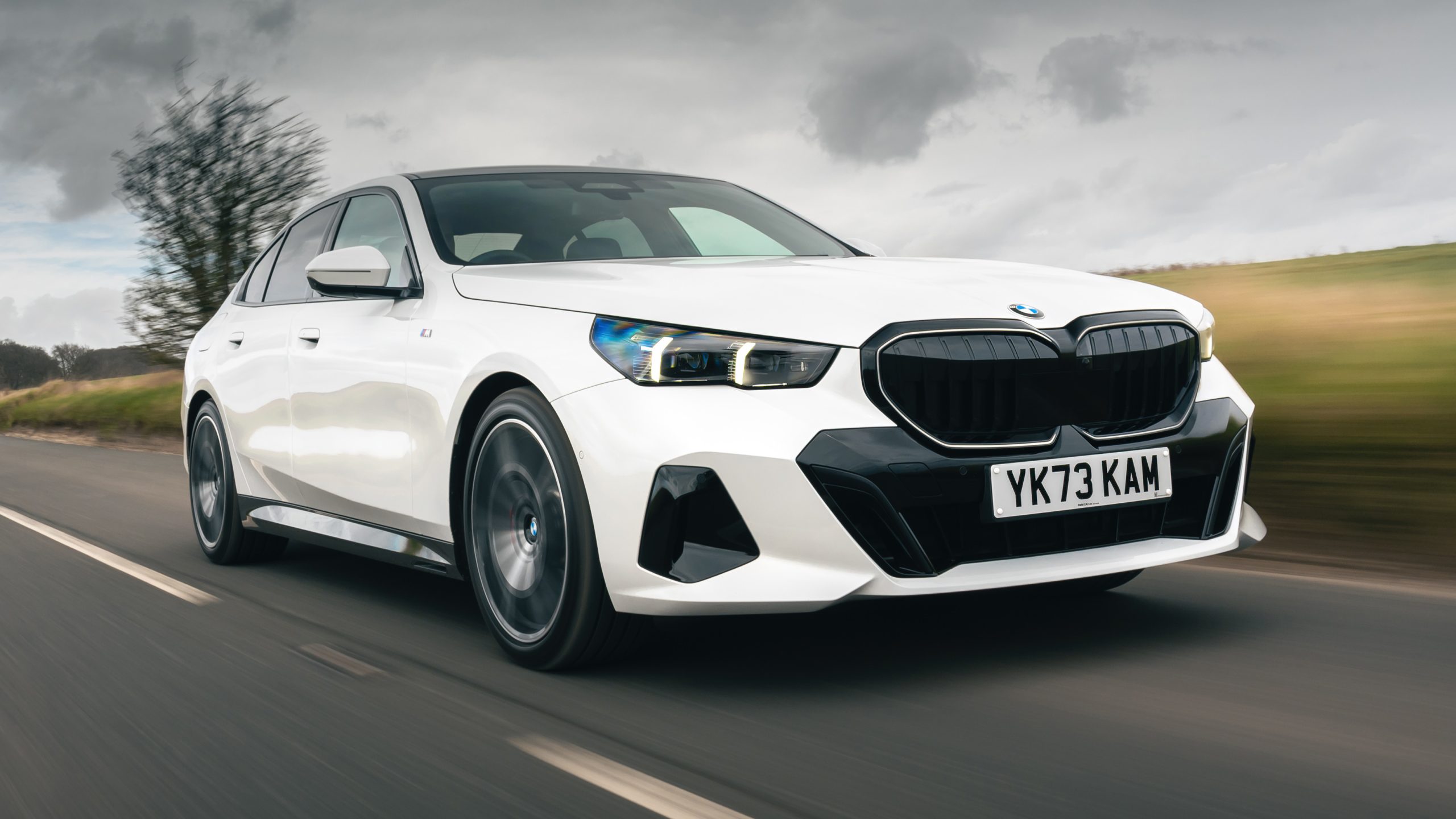
1. BMW 5 Series (F10/F11)
BMW’s reputation for producing high-performance vehicles extends to its commitment to driver comfort, particularly in the BMW 5 Series. The seats in this vehicle, particularly in higher trims such as the Luxury and M Sport versions, offer exceptional lumbar support that is integral to their ergonomic design.
One of the key features that sets the 5 Series apart from other cars in its class is the level of adjustability and customization available for the lumbar support. The lumbar section can be adjusted not only in terms of height and firmness but also in terms of contour, allowing drivers to perfectly align the seat to their body.
This flexibility is crucial for long-distance drivers, especially those who experience lower back discomfort. Unlike other seats that may rely on a static, one-size-fits-all approach, the 5 Series offers a more nuanced design that conforms to the natural curve of the spine.
Additionally, the lumbar support in the 5 Series is built with an active system that constantly adjusts to maintain optimal support, regardless of the driving position. For instance, when the seat senses a change in posture or alignment, it makes subtle adjustments to ensure that the lower back remains properly supported.
This dynamic feature helps prevent the discomfort and fatigue that can arise during extended periods of driving. Furthermore, the 5 Series’ seats are crafted from high-quality materials such as fine leather and memory foam, providing not only structural support but also a plush and luxurious feel. These materials work in tandem with the lumbar system to ensure a comfortable, supportive experience even on long road trips.
The integration of these advanced seating technologies goes beyond just comfort. BMW has also invested in the longevity of its seating components. Unlike some other vehicles that may require frequent adjustments to maintain lumbar support, the 5 Series’ seats are designed to hold their shape and functionality over time.
Even after years of use, the lumbar support continues to perform effectively, reducing the need for constant tweaks or repairs. For individuals suffering from chronic back pain or those who simply prefer a more customized driving experience, the BMW 5 Series provides one of the best factory seat options available in the automotive market.
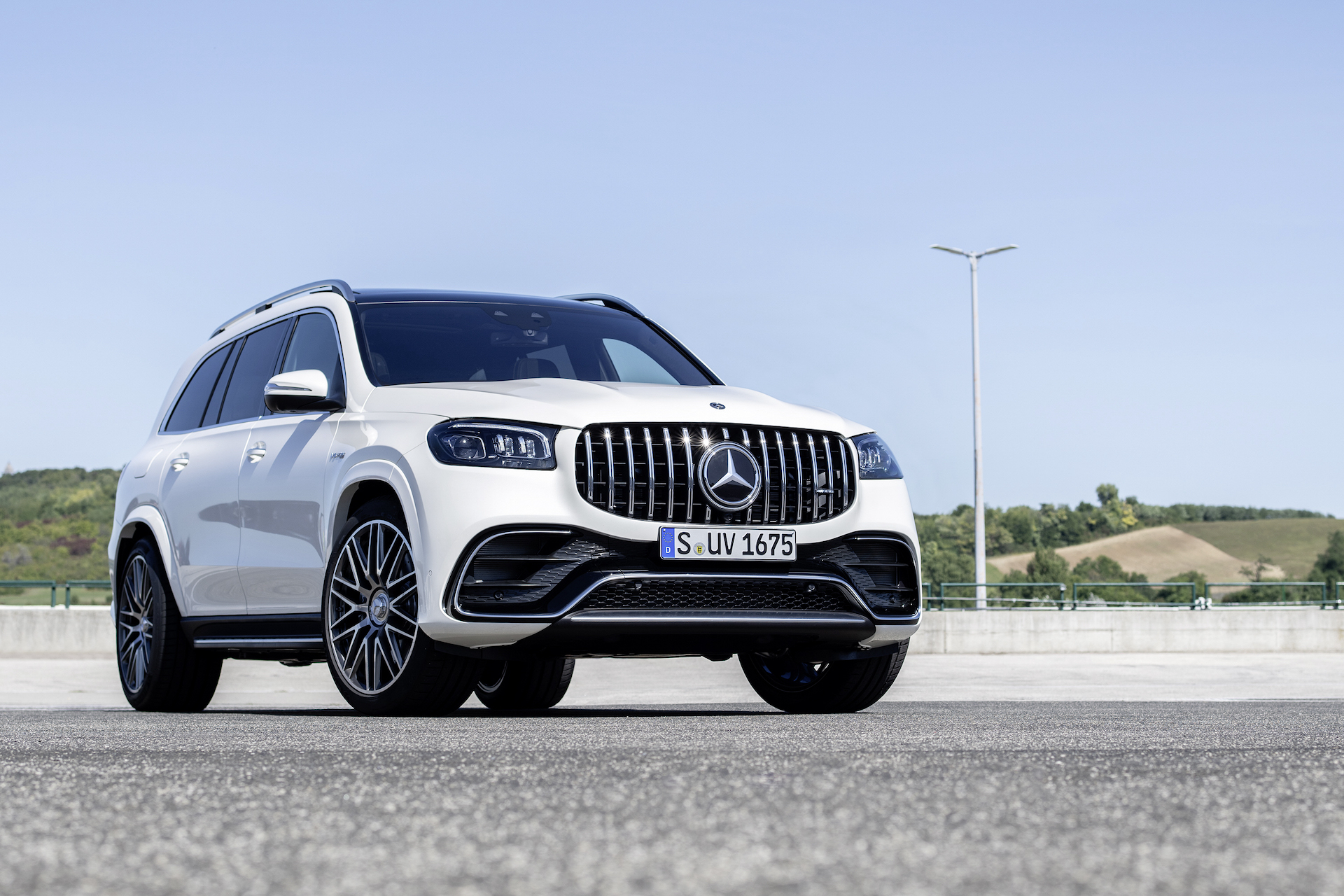
2. Mercedes-Benz S-Class
When it comes to luxury vehicles, the Mercedes-Benz S-Class is a standout, and this excellence extends to its seating. The S-Class is widely known for its cutting-edge technology and luxurious features, and the seats are no exception. The real lumbar support in the S-Class is not just about providing comfort for the lower back; it’s about offering a tailored, high-tech seating experience that adapts to the driver’s and passenger’s needs.
The car features an active lumbar support system, which uses motors embedded in the seat to adjust the lumbar cushions in real time. These adjustments ensure that the seat constantly provides the correct support to the lower back, regardless of whether the driver is turning corners, braking, or accelerating.
This active system is complemented by an array of personalized features that allow for detailed fine-tuning. Drivers can adjust the lumbar support not just for firmness and height, but also for the depth of the curve. This multi-level adjustability ensures that the lower back is not only supported but also encouraged to maintain a healthy, natural posture.
For people who experience back pain, especially chronic pain, these adjustments can make a huge difference, allowing them to experience a reduction in discomfort during long drives or even short commutes. The S-Class takes things a step further by incorporating a massage function within the seats, which targets the lumbar region. This feature can be set to varying levels of intensity, offering drivers a truly relaxing experience as they drive.
In addition to the active lumbar support and massage options, the seats in the S-Class are designed with top-tier materials. The combination of high-quality leather, soft padding, and memory foam ensures that the seat provides a level of luxury that is immediately noticeable when you first sit down.
The seat contours are designed to offer full-body support, with special attention given to the lumbar region. The seats are even ventilated and heated, further enhancing comfort and offering relief in different weather conditions. The Mercedes-Benz S-Class truly epitomizes the idea of a luxurious, supportive driving experience, offering one of the most advanced and comfortable seating systems in the automotive world.
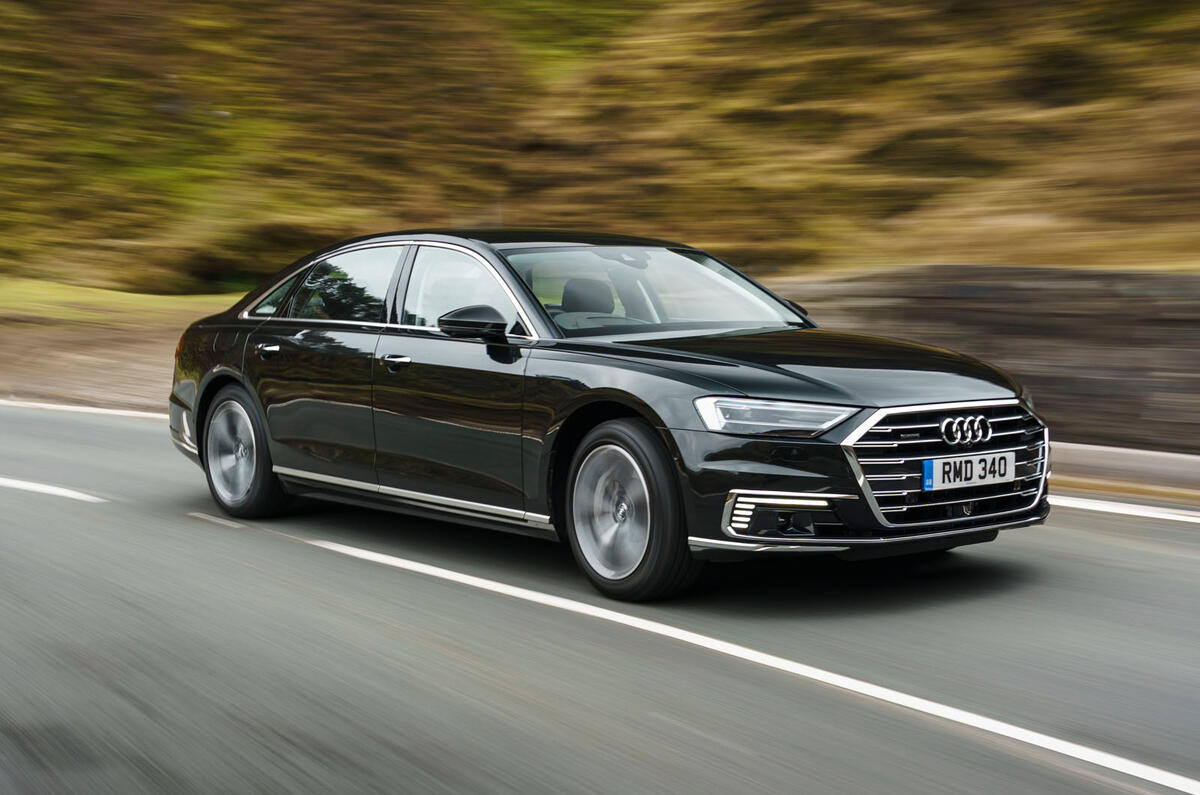
3. Audi A8
Audi has long been a frontrunner in the automotive world when it comes to combining performance with luxury, and the A8 sedan is a perfect example of that ethos. The seats in the Audi A8 are a major highlight of the vehicle, particularly because of the meticulous attention to ergonomic design.
The A8’s seats feature not only manual lumbar adjustments but also electronic controls that allow for a higher degree of customization. These controls enable drivers and passengers to fine-tune the lumbar support according to their precise needs, ensuring that the lower back is properly supported during all phases of driving. Audi’s system is designed to promote correct posture, which is especially important for individuals who spend a lot of time on the road.
Beyond the adjustable lumbar support, the seats in the A8 are equipped with a unique system that adjusts the pressure distribution across the back. This system works by inflating or deflating various sections of the seat, providing targeted support to specific areas of the spine.
This dynamic lumbar support system is a true step forward in car seat technology, as it takes into account the changing demands of the body while driving. Audi’s focus on spinal health is also evident in the design of the seatbacks, which are carefully sculpted to mirror the natural curvature of the spine, providing optimal support for the lumbar region.
Another impressive feature of the A8’s seating is the use of high-end materials. The seats are covered in soft leather and feature memory foam padding that provides both comfort and support. The memory foam works in tandem with the adjustable lumbar system to mold the seat to the driver’s body, creating a personalized experience that enhances long-term comfort.
For those who require even more support, Audi offers an optional massage function in the front seats. This adds an extra layer of relaxation and relief for drivers and passengers alike. Overall, the Audi A8 provides a comprehensive seating solution that is both luxurious and supportive, making it a top choice for anyone looking for a vehicle with real lumbar support.
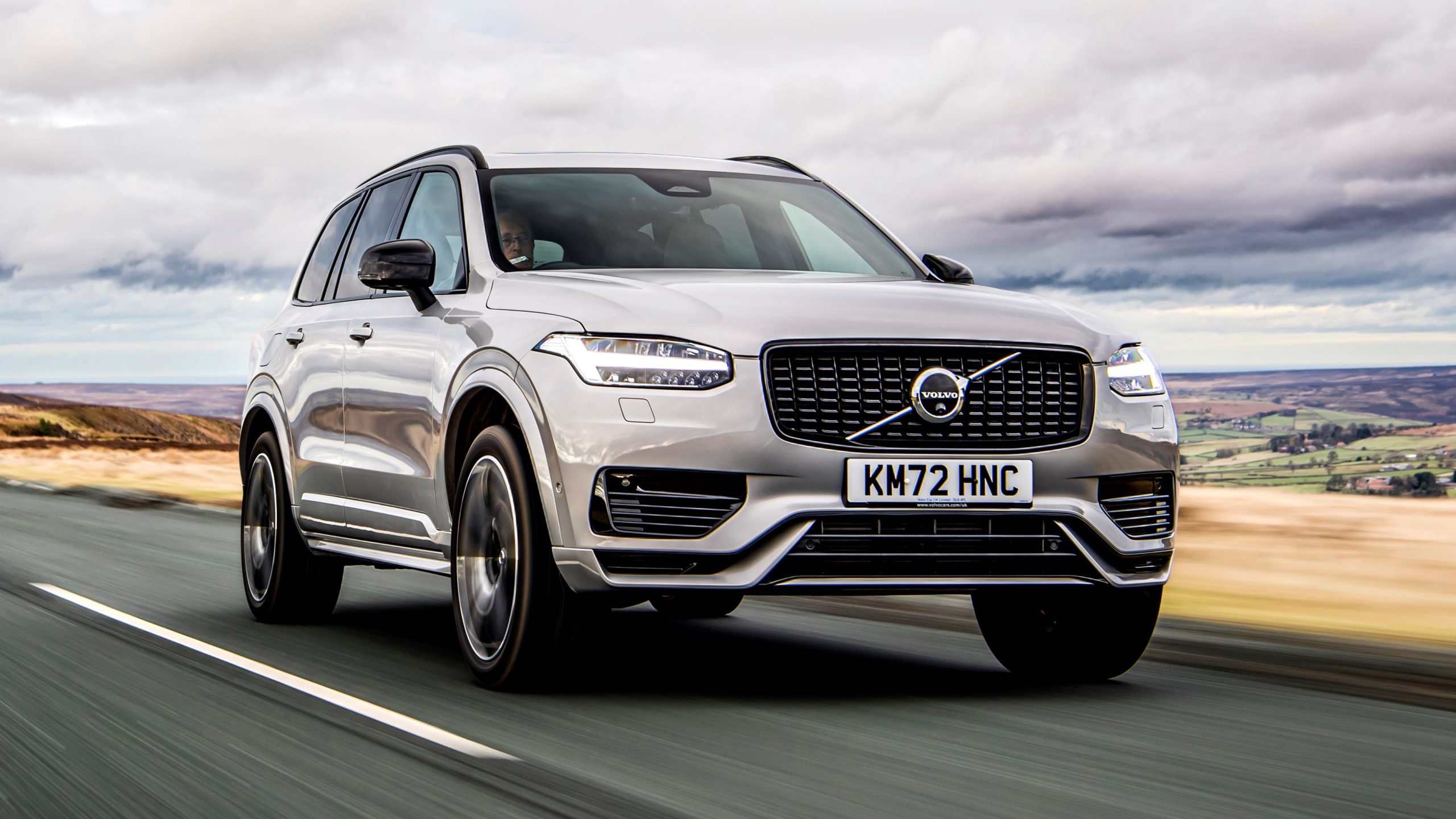
4. Volvo XC90
Volvo’s reputation for safety and comfort has made it a popular choice among drivers, and the Volvo XC90 is a perfect example of how the company prioritizes both. The XC90’s front seats are designed with real lumbar support that goes beyond the typical padding found in many vehicles.
Volvo incorporates a system that adjusts the lumbar support based on the driver’s size and posture. This customization ensures that the lower back is supported at all times, preventing discomfort and promoting a healthier sitting posture. The lumbar support is integrated into the seat itself, meaning that it follows the natural curve of the spine and provides relief exactly where it’s needed most.
In addition to the adjustable lumbar support, the XC90’s seats are made from high-quality materials such as soft leather and cushioned foam. These materials not only provide comfort but also enhance the effectiveness of the lumbar support system by ensuring that the support is firm yet comfortable.
The XC90 also includes a seat memory function that allows multiple drivers to store their preferred seating positions, making it easy for anyone to find their ideal level of lumbar support. For individuals who suffer from back pain or need extra support for their lower backs, the Volvo XC90 is a great choice, as it provides excellent support throughout the duration of any drive.
Volvo has also included additional features that make the XC90 a top contender for those seeking lumbar support. The seats are heated and ventilated, which is especially beneficial for long trips in varying climates. Whether it’s a cold winter morning or a hot summer day, the seat’s ventilation and heating functions work in conjunction with the lumbar support to ensure maximum comfort.
For those with specific back concerns, Volvo even offers an optional massaging function, which gently targets the lumbar region and helps reduce muscle tension. The XC90’s combination of safety features, ergonomic seating design, and lumbar support technology makes it one of the best factory seats for back comfort.
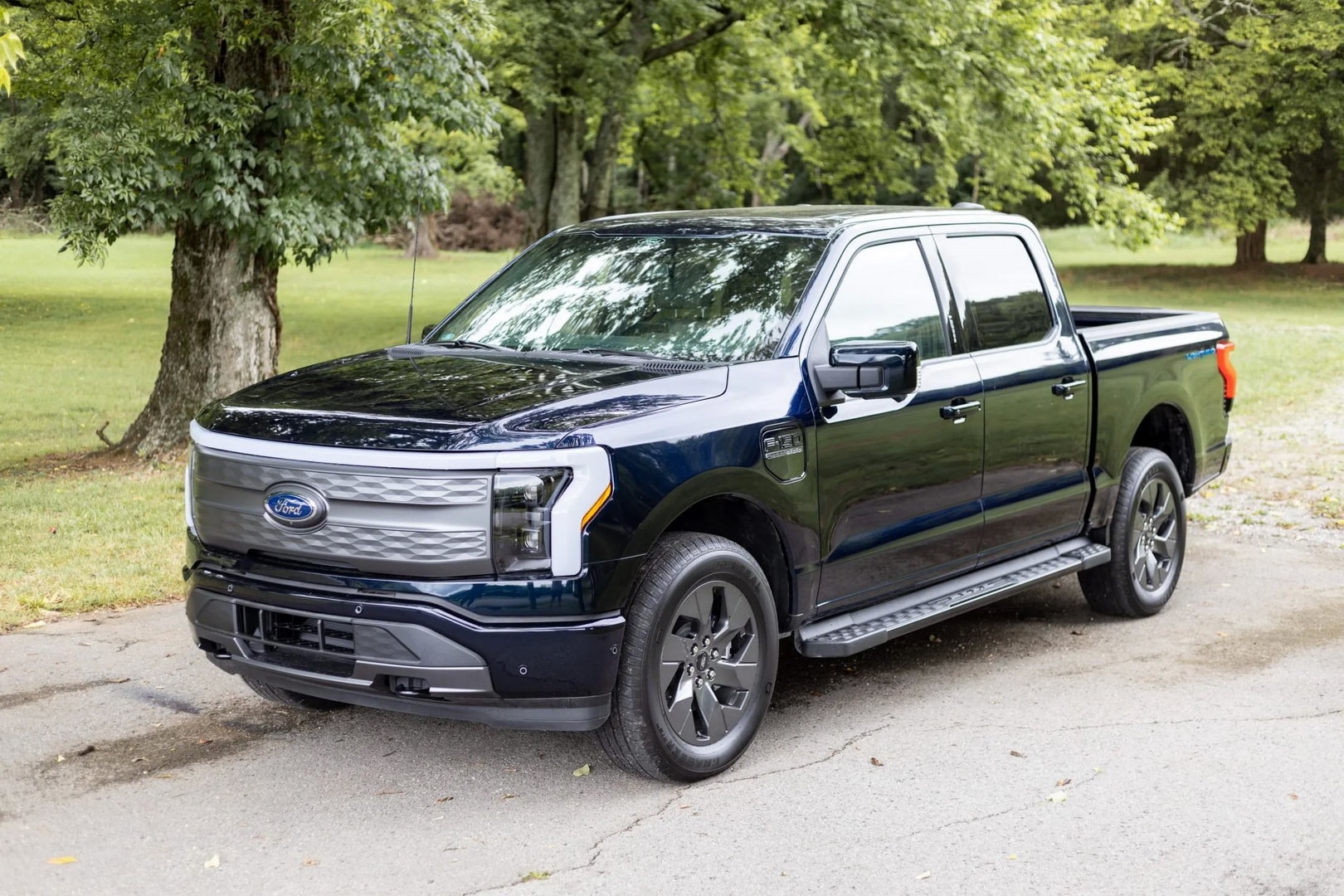
5. Ford F-150 Lariat
The Ford F-150 Lariat is a pickup truck that excels in both utility and comfort, and its factory seating system is no exception. One of the standout features of the Lariat trim is its advanced lumbar support, which provides excellent relief for the lower back during long hours of driving or hauling.
The power-adjustable lumbar support system in the F-150 Lariat allows drivers to adjust the firmness, height, and depth of the lumbar support, ensuring that the seat contours to the natural curve of the spine. This kind of adjustability is particularly important for drivers who need to spend long hours on the road, as it allows for personalized comfort that can prevent back pain and fatigue.
The seats in the F-150 Lariat are also designed with durability in mind. The materials used are not only comfortable but also tough enough to withstand the demands of a pickup truck, which often sees heavy use. The upholstery is made from high-quality leather that is both soft and supportive, while the seat foam ensures that the lumbar support remains effective even after years of use.
Ford has also incorporated a seat memory function, which allows multiple drivers to save their preferred seating positions, making it easy for anyone to adjust the lumbar support to their needs with the push of a button. This level of customization ensures that the driver can find the perfect lumbar support position for their body, reducing discomfort and promoting better posture.
Furthermore, the Ford F-150 Lariat includes additional comfort features that complement the lumbar support system. The seats are both heated and ventilated, providing relief during extreme weather conditions. This is especially useful for individuals who often drive in varying climates or who spend a significant amount of time behind the wheel.
The seat ventilation works in conjunction with the lumbar support, ensuring that drivers remain comfortable and properly supported throughout their journey. Whether you’re driving through city streets or tackling rough terrain, the F-150 Lariat’s lumbar support system makes it one of the most comfortable factory seats for those seeking a combination of rugged durability and comfort.
5 Factory Seats That Fake Lumbar Support
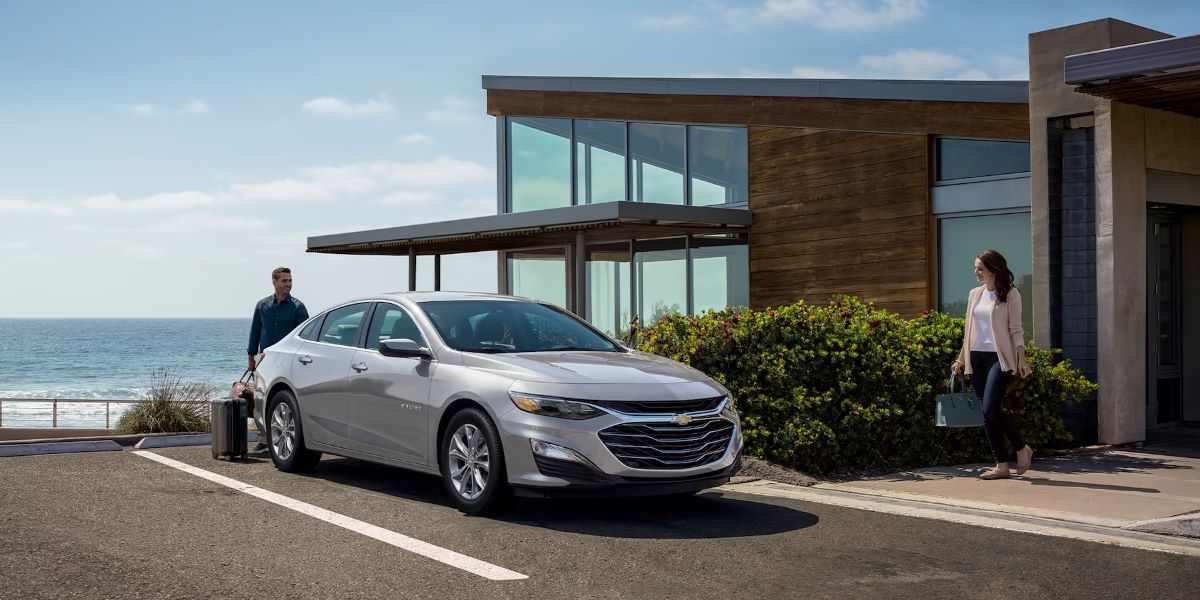
1. Chevrolet Malibu
The Chevrolet Malibu is a popular midsize sedan known for its comfortable ride, but when it comes to lumbar support, its seats are often critiqued for not delivering the kind of real support that drivers and passengers expect. The lumbar support system in the Malibu is basic and manual, providing only a slight padding that can be adjusted in and out.
However, this adjustment is limited in terms of depth and firmness, meaning that the support it offers feels more like a superficial addition rather than a functional feature designed to improve posture and alleviate back pain. The padding may feel adequate initially, but it lacks the structure necessary for long-term comfort, especially for individuals who suffer from chronic lower back pain.
While the Malibu’s seats are generally well-padded and soft, they don’t conform to the natural curve of the spine the way that more advanced lumbar support systems do. Instead of providing a custom-tailored experience, the Malibu’s lumbar feature often feels like a generalized, one-size-fits-all solution.
Many drivers report that the lumbar support doesn’t hold up well on longer trips, with the padding either becoming too firm or not firm enough to offer the desired relief. Even for shorter commutes, the absence of depth and adjustability in the lumbar region leads to discomfort over time, as the lower back is not properly supported and can begin to fatigue.
The seats themselves are designed with comfort in mind, using standard materials that do an adequate job of supporting the body, but they fall short when it comes to addressing specific needs, like those of individuals who require more substantial lumbar support.
For people with ongoing back issues or those who frequently drive for long periods, the Malibu’s lumbar support is simply not enough. It lacks the dynamic features that are needed for a truly ergonomic seating experience, leaving many drivers wishing for a more robust lumbar system that could adapt to their personal needs. As a result, the Malibu’s lumbar support, while functional in a basic sense, doesn’t provide the long-lasting relief that many expect from modern car seating.

2. Toyota Camry
The Toyota Camry is often lauded for its reliability and comfort, but when it comes to lumbar support, it doesn’t quite hit the mark. The seats in the Camry feature a basic lumbar adjustment that is somewhat adjustable in height, but the firmness of the support is not easily modified.
What’s often considered “lumbar support” in the Camry is just a slight bulge in the seat back, which doesn’t provide the deeper, more therapeutic support that is required for people with specific back issues. This level of lumbar padding may seem sufficient at first, but it quickly loses its effectiveness on longer trips, leaving the driver or passenger with an uncomfortable, unsupported lower back.
The lack of flexibility in the lumbar adjustment is one of the key issues with the Camry’s seating. While the seat’s design offers general comfort, the lumbar region doesn’t have the fine-tuned adjustability that other vehicles in the same price range offer.
The minimal adjustment in height and firmness means that the support doesn’t really adapt to the unique curves of the spine. For anyone suffering from lower back pain or discomfort, the Camry’s lumbar system falls short, leaving its occupants to try and adjust the seat in various ways that don’t fully relieve the pressure on the lower back.
Furthermore, the materials used in the Camry’s seats, though comfortable, don’t contribute significantly to providing proper lumbar support. The foam and cushioning, while soft, don’t have the rigidity or contour needed to keep the lower back properly aligned over long durations.
Instead of offering the necessary spinal support, the Camry’s seat cushioning tends to compress under pressure, providing less effective lumbar support and contributing to discomfort over time. This lack of attention to detail in the lumbar region can become a significant issue for drivers and passengers who regularly take long journeys or need more targeted relief.
While the Camry offers solid value for many aspects of driving comfort, its lumbar support doesn’t match up to its competitors in the same class.
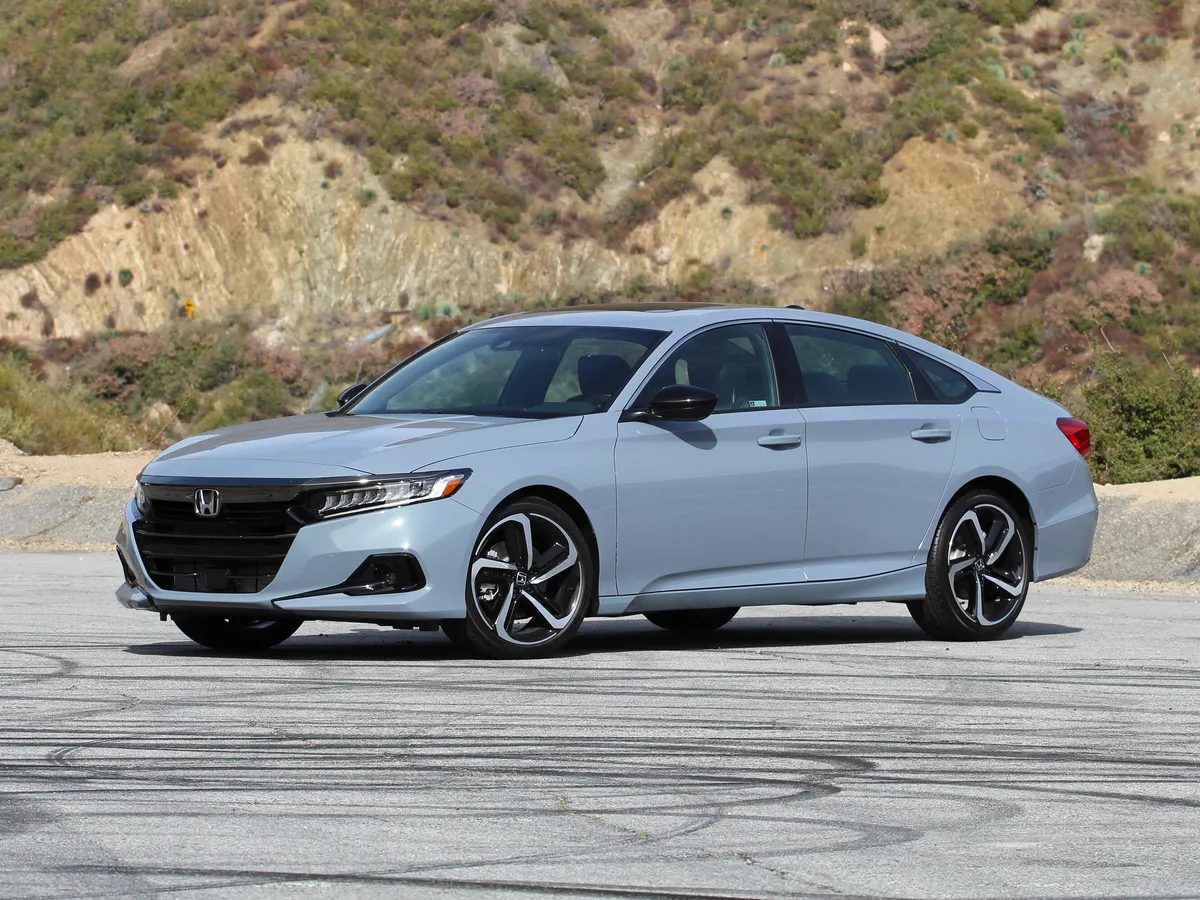
3. Honda Accord
The Honda Accord is another well-regarded vehicle in the midsize sedan category, known for its comfortable ride and spacious interior. However, when it comes to lumbar support, the Accord’s seats leave much to be desired. The lumbar adjustment is manual and relatively rudimentary, offering only a slight increase in lower back support.
This minimal adjustment may give the illusion of a properly supported lower back, but it lacks the necessary depth and firmness to alleviate real pressure or maintain a healthy spinal alignment over time. For those with chronic back issues or individuals who spend extended periods in their vehicles, the Accord’s lumbar support simply doesn’t cut it.
While the seats in the Accord are well-padded and generally comfortable for short commutes, they fail to provide the necessary support for long drives. The lumbar feature feels like an afterthought, as the padding does not have the structure or firmness needed to create a supportive base for the lower back.
As a result, drivers often find themselves adjusting the seat repeatedly, searching for a position that doesn’t aggravate their back pain. The lack of fine-tuned adjustability is another limitation, as the manual lumbar support does not allow for the kind of custom fit that drivers with specific needs might require.
For someone who needs substantial support or relief for their lower back, the Accord’s seats do not provide the lasting comfort or spinal benefits that more advanced lumbar systems deliver.
The Honda Accord’s seats are comfortable enough for casual driving, but they don’t support healthy posture for those who need consistent lumbar support. Whether you’re dealing with a long commute or embarking on a road trip, the lumbar system in the Accord doesn’t offer enough relief for drivers who require additional back support.
This lack of attention to ergonomic seating design could ultimately lead to discomfort and fatigue during extended driving sessions, especially when compared to vehicles that offer more advanced, customizable lumbar support features. While the Accord performs well in many areas, it falls short in providing the lumbar support that some drivers need for optimal comfort.
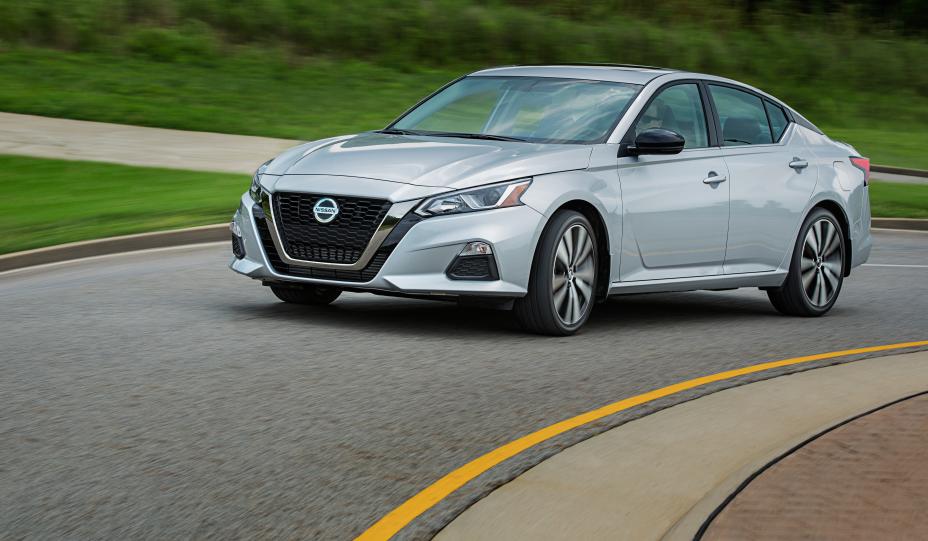
4. Nissan Altima
The Nissan Altima is a reliable midsize sedan that is often chosen for its affordability and comfort. However, when it comes to the lumbar support in its seats, the Altima doesn’t live up to the standards set by its competitors.
The factory seats are equipped with a manual lumbar adjustment that provides a slight cushion in the lower back area, but it falls short of delivering the effective spinal support that drivers with back issues require.
The adjustment, which allows the seat to protrude slightly in the lumbar region, lacks the depth and adaptability needed to provide sustained relief. Many drivers report that while the lumbar adjustment may feel fine for short trips, it quickly becomes uncomfortable on longer drives, as the support does not adequately align with the natural curve of the spine.
What the Altima offers is more of a token lumbar support feature that doesn’t address the root causes of back discomfort. The padding provided is soft, but it lacks the firmness needed for proper lumbar support. This means that for those with pre-existing back conditions or for anyone planning to spend long hours in the car, the Altima’s seating quickly becomes unsatisfactory.
While the seatback is cushioned, it doesn’t conform to the spine’s natural curvature, leading to misalignment of the lower back over time. The result is often discomfort and fatigue, as the driver struggles to find a supportive seating position.
The materials used in the Altima’s seats also contribute to the lack of effective lumbar support. While the fabric or leather may be soft to the touch, the cushioning doesn’t provide the long-lasting support necessary for the lumbar region. The foam compresses too easily, offering little resistance against the lower back’s weight, which can exacerbate existing pain or create new issues over time.
Without adjustable firmness or depth, the lumbar feature in the Altima can feel like an afterthought, and many drivers may find themselves wishing for a more robust and customizable solution. For individuals who require effective lower back support, the Altima falls short, offering only minimal relief and a less-than-ideal seating experience.

5. Hyundai Sonata
The Hyundai Sonata is a solid option for many looking for a midsize sedan that balances affordability with comfort. However, when it comes to lumbar support, the Sonata’s seats leave a lot to be desired. The factory seats are equipped with a basic lumbar adjustment that provides some cushioning for the lower back, but it falls short of offering any real, therapeutic support.
The lumbar feature is more of a superficial padding adjustment than a genuine solution for spinal health, offering only a slight protrusion that doesn’t adequately align with the body’s natural curves. This lack of contouring means that, while the seat may feel fine initially, discomfort soon sets in during longer trips or after extended periods of driving.
The lack of adjustability in the lumbar support is one of the Sonata’s main shortcomings. Unlike more advanced systems that allow for fine-tuned adjustments in height, firmness, and depth, the Sonata’s lumbar system provides very little customization.
Drivers are left with a basic feature that lacks the adaptability needed to support various body types or address specific lumbar pain issues. As a result, the lumbar support becomes increasingly ineffective during longer drives, leaving drivers with an aching lower back and a general sense of discomfort. Many users report that the support feels more like a cosmetic addition than an essential ergonomic feature.
Additionally, the materials used in the Sonata’s seats don’t contribute to providing better lumbar support. The padding is relatively soft, but it compresses too quickly under pressure, offering little to no resistance against the lower back. This leads to poor posture over time and increases the risk of developing back pain.
While the Sonata’s seats are certainly comfortable for shorter drives, they fail to provide the sustained, supportive seating necessary for longer commutes or extended road trips. For those who require more advanced lumbar support, the Sonata falls short, offering little more than a superficial feature that lacks depth and true comfort.
Also Read: 10 Cars With Ventilated Seats That Don’t Just Blow Hot Air
In the world of car design, lumbar support should never be an afterthought, especially in vehicles meant for long commutes or road trips. While many car manufacturers have made strides in offering more customizable, ergonomic seating options, some still use lumbar support as a mere marketing tool, offering systems that fail to deliver on their promises.
As we have seen, the vehicles with genuine lumbar support systems—such as those in the BMW 5 Series, Mercedes-Benz S-Class, and Audi A8—offer dynamic adjustments, better materials, and active support that adapt to the driver’s needs. These systems not only reduce discomfort but are integral in maintaining healthy posture over long distances, a feature that can be a game-changer for drivers with specific back issues.
On the flip side, the vehicles that fake lumbar support—like the Toyota Camry, Honda Accord, and Nissan Altima—offer little more than basic padding that may feel adequate at first but quickly becomes ineffective on longer journeys. While these cars may boast lumbar adjustments, the reality is that they don’t provide the depth, firmness, or adjustability needed to make a significant difference in the comfort of the driver or passengers.
When shopping for a vehicle, it’s essential to prioritize seats with real lumbar support if long-term comfort is a key concern. The comfort and support of the seats directly impact your driving experience, particularly if you spend significant time in the car.
True lumbar support systems not only help alleviate discomfort and pain but also contribute to a healthier, more enjoyable driving experience. By understanding which vehicles offer real support and which just “fake” it, you can ensure that your next vehicle truly meets your comfort and health needs on the road.

